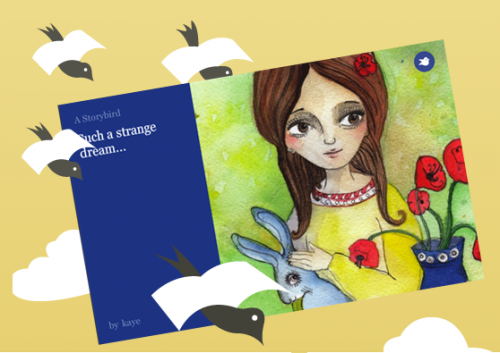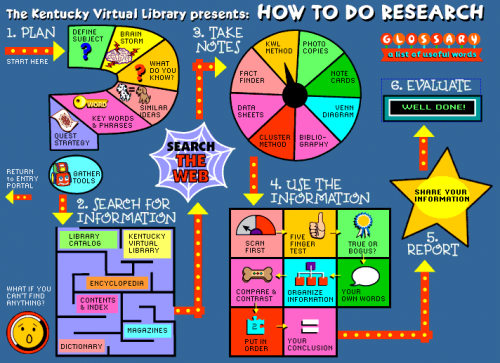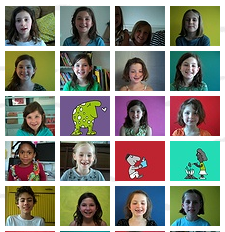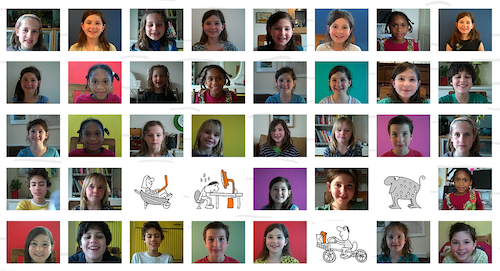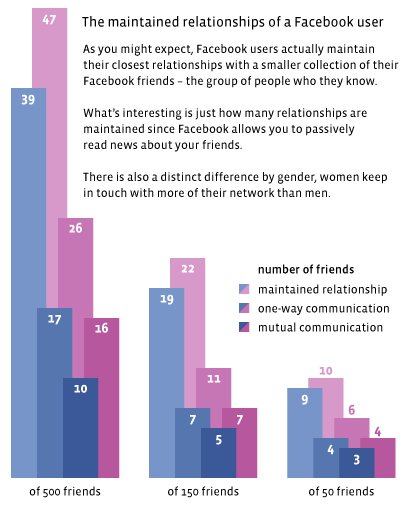1 Storybird
Collaborative storytelling; short, art-inspired stories you make to share, read, and print. Create your own story at www.storybird.com!
2 Smories
A continuous flow of new stories, read aloud by kids. Listen to and submit “smories” at www.smories.com
3 36pages
36 isn’t very many pages—unless you make picture books. Get inspired by Craig Frazier’s reviews at www.36pages.com
